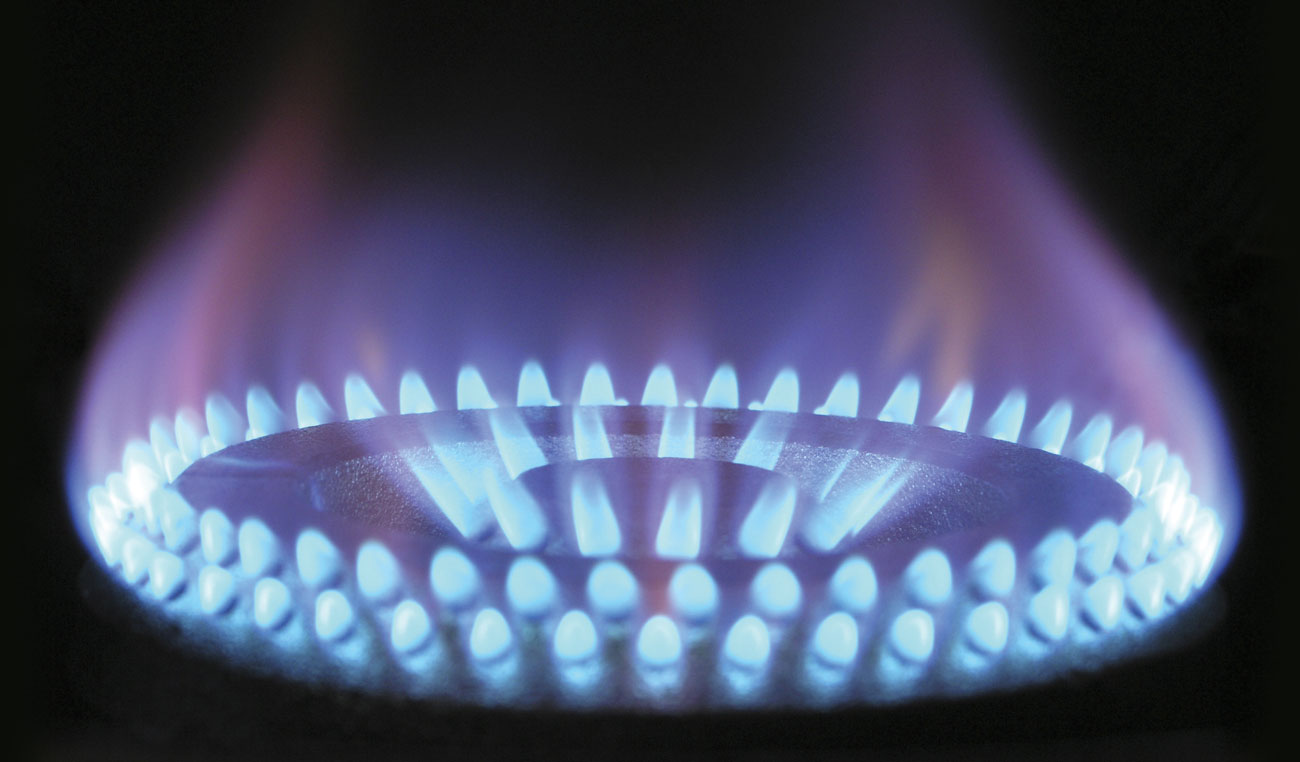
Following on from my previous article about electricity in October 2020, I wanted to talk this month about “green” gas – well, first of all you may be wondering what it is and how it’s possible for any gas to be green. You could well be right as so-called “green” gas isn’t necessarily eco-friendly. It really depends on what’s been used to make it and how much of it. As such, here are the facts:
Biomass – well, this can technically be carbon neutral, meaning that there’s a balance between the amount of carbon dioxide emitted and the amount absorbed by ecosystems acting as the planet’s natural carbon sinks, such as forests, grasslands, soils and oceans.
Biomass is actually an old technology whereby plant or animal material is burned to produce energy. Some biomass is produced using wood, so it depends on the amount of wood used being equal to the amount of trees being re-planted. If this is not the case and an aggressive use of tree felling is employed, then the resulting biomass will not be carbon neutral. Having said that, both the EU and the UN consider it a renewable energy source.
I certainly find the science around green gas difficult to get my head around, but it’s important to try to understand it, given that:
- Legislation to ban new gas boiler installations from 2025 is effectively just around the corner.
- It’s helpful for us as consumers to know what we should be considering as alternatives (probably heat pumps, but I’ll save that for another article).
There’s also talk of creating synthetic methane gas, using electrolysis but, if it’s created using conventional power, then it’s not really renewable. It’s a complex issue but the bottom line is that it’s difficult to make it 100% renewable because currently it still has to use fossil fuels at some point in its cycle.
If we look at bio-methane, it’s agreed that the best one is one that uses grass (via anaerobic digestion, which is a process where organic matter is broken down in an oxygen-free tank called an anaerobic digester – a much more sophisticated composter, if you like!). Indeed, green energy provider Ecotricity is currently promoting its grass biomethane saying that it’s also a vegan option as no animal products are used. The company are starting work on grass powered biogas plants very soon.
There’s also another more well-known biogas option which is to convert domestic food and farm waste (which has no land implications) to biogas and fertiliser.
There are already one million biogas users in the UK and it can indeed play an important role in fuelling local power plants especially when you consider that currently only 2% of available agricultural feedstocks undergo anaerobic digestion and get turned into biogas. If this went global, it would cut greenhouse gas emissions by up to 13% – a significant amount.
What can you do? The important takeaway from this is that you as the consumer have to do your homework. You can’t believe everything an energy provider says (because a lot of it simply isn’t true and that particularly applies to the big six energy providers!) so you need to do the research yourself. This means looking at providers’ fuel mix, reading reviews about how green certain providers are. Something that’s helpful to look out for is checking that an energy provider has either:
- A renewable energy guarantees origin (REGO)
- A renewable gas guarantees of origin (RGGO)
- They don’t use carbon offsetting (carbon offsetting is when a company says that they’ll plant a certain amount of trees in exchange for using fossil fuels – this is not good as they’re still, therefore, promoting the use of fossil fuels as well as driving their continued demand).
At present, there are only two UK companies who are providing 100% renewable green gas. They are Green Energy UK and Ecotricity (both also provide 100% renewable electricity)











